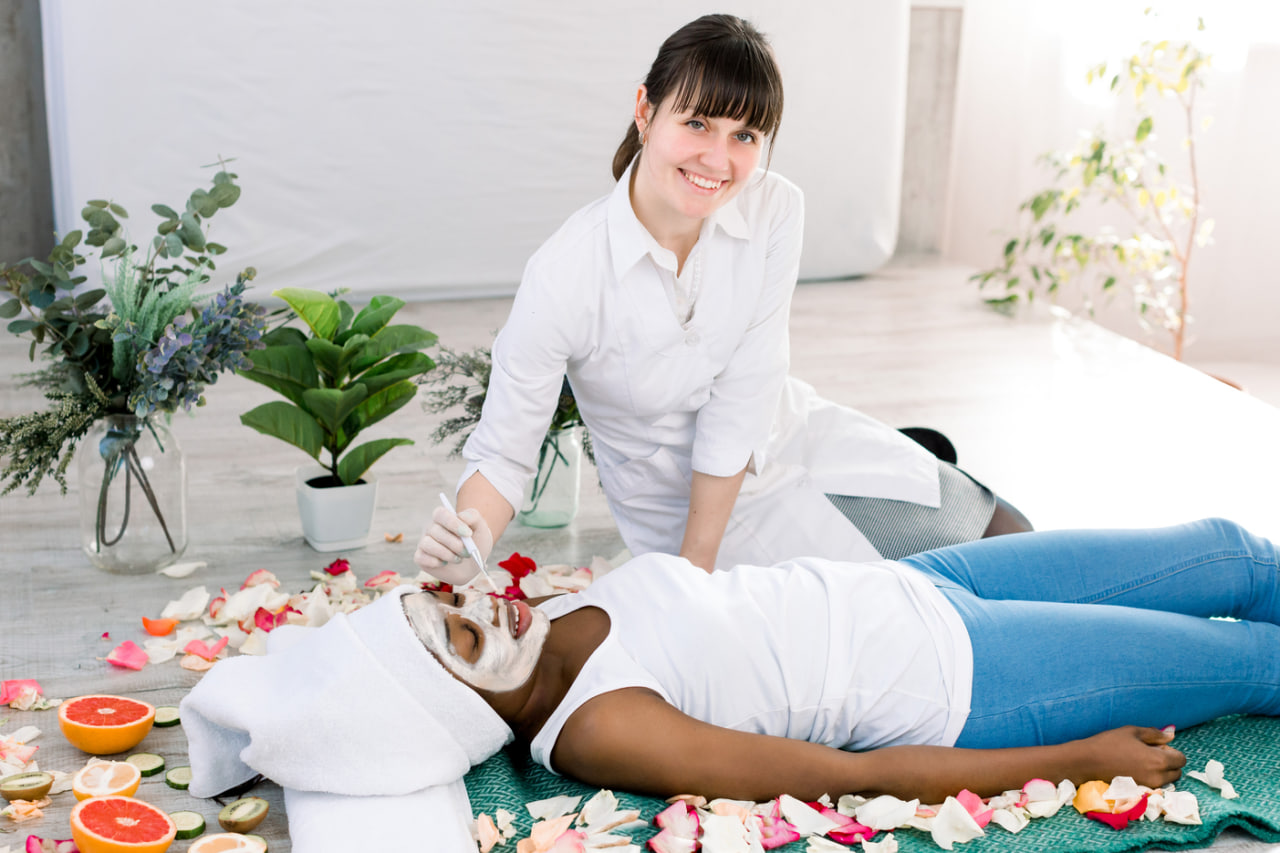Healing Through Hands: How Self-Massage Promotes Body Awareness and Calm
Self-massage is a simple yet powerful practice that allows individuals to reconnect with their bodies, release tension, and cultivate inner calm. Unlike receiving massage from someone else, self-massage encourages mindfulness and personal awareness, helping people understand how their body responds to touch, stress, and movement. Over time, this practice can improve both physical health and emotional well-being.
The Benefits of Self-Massage
Self-massage supports the body in several ways. It increases blood circulation, improves lymphatic flow, and helps release muscle tightness that builds up from daily activity or stress. These physical benefits contribute to greater mobility, reduced discomfort, and enhanced energy levels.
On a mental level, self-massage fosters relaxation and reduces anxiety. Touching your own body in a deliberate, mindful way triggers the parasympathetic nervous system, lowering heart rate and encouraging a state of rest and restoration. This calming effect can make it easier to focus, sleep better, and approach daily challenges with a clearer mind.
Developing Body Awareness
One of the most important outcomes of self-massage is heightened body awareness. By actively engaging with muscles, joints, and connective tissue, individuals learn to recognize areas of tension, imbalance, or discomfort. This awareness is crucial for preventing injury, improving posture, and making better choices about movement and exercise.
Self-massage encourages a deeper understanding of personal needs. For example, noticing persistent tension in the shoulders or lower back can prompt adjustments in daily habits, such as ergonomics, stretching routines, or rest periods. Over time, this awareness becomes an essential part of self-care and holistic wellness.
Techniques for Mindful Self-Massage
Effective self-massage requires attention to both touch and intention. Start with areas that commonly hold stress, such as the neck, shoulders, hands, and feet. Use slow, deliberate motions, paying attention to how the body responds. Pressure should be firm enough to feel relief but never cause pain.
Breathing is a key component. Synchronizing deep, steady breaths with each movement enhances relaxation and reinforces mind-body connection. Visualizing the release of tension or imagining energy flowing through muscles can further enhance the calming effects.
Simple tools, such as foam rollers, massage balls, or handheld devices, can assist in targeting deeper tissues or hard-to-reach areas. However, the most powerful aspect of self-massage is intentional hands-on touch, which provides feedback and promotes awareness more directly than external tools alone.
Creating a Supportive Environment
A peaceful environment enhances the effectiveness of self-massage. Soft lighting, gentle music, and a comfortable surface can help the mind shift into a relaxed state. Minimizing distractions and setting aside dedicated time signals to both body and mind that this is a moment for care and restoration.
Incorporating essential oils or soothing lotions can add sensory richness, but the core of self-massage remains mindfulness and presence. The act of intentionally slowing down and attending to your own body builds both trust in yourself and a greater sense of well-being.
Long-Term Effects on Calm and Emotional Resilience
Regular self-massage creates cumulative benefits. As tension is released consistently, the nervous system becomes more balanced, reducing stress reactivity and improving emotional resilience. People who practice self-massage frequently report better mood regulation, increased energy, and a stronger connection to their bodies.

